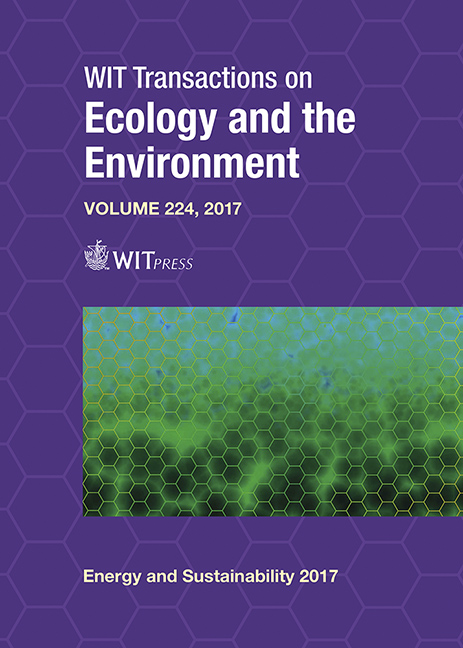OPPORTUNITIES FOR THE ENERGY SECTOR FROM UNCONVENTIONAL ENVIRONMENTAL ANALYSES AND SENSORS
Price
Free (open access)
Transaction
Volume
224
Pages
7
Page Range
293 - 299
Published
2017
Paper DOI
10.2495/ESUS170271
Copyright
WIT Press
Author(s)
ELENA CRISTINA RADA
Abstract
The typical problems of air pollution to be faced with in many anthropized areas, even where the environment is protected by modern approaches, make it strategic the integration of conventional methodologies for air quality monitoring with unconventional ones proposed in the sector but not yet considered suitable to be official. By these integrated approaches, it is possible to identify single or multiple sources responsible of local air pollution (also in form of peaks of pollution). The additional information generated by unconventional sampling and/or sensors can be used by decision makers for setting strategies of reduction of the impact of specific sources, when these last ones are responsible of an unsustainable incidence in contributing to the local air pollution. A few case studies were selected and have been analysed to discuss about the advantages in integrating the conventional monitoring tools with other ones that are innovative (not alternative) but not official yet. The selected case studies belong to two categories: a) the first one concerns the identification of the role of a single source in contributing to the local air pollution, b) the second one concerns the assessment of the role of a sector in the local presence of air pollutants. The cases belong to the civil and the industrial sectors. Diffused and conveyed emissions are analysed depending on the case.
Keywords
air, biomass, energy, environmental, highway, industrial, pollution, sensors, transport, waste





